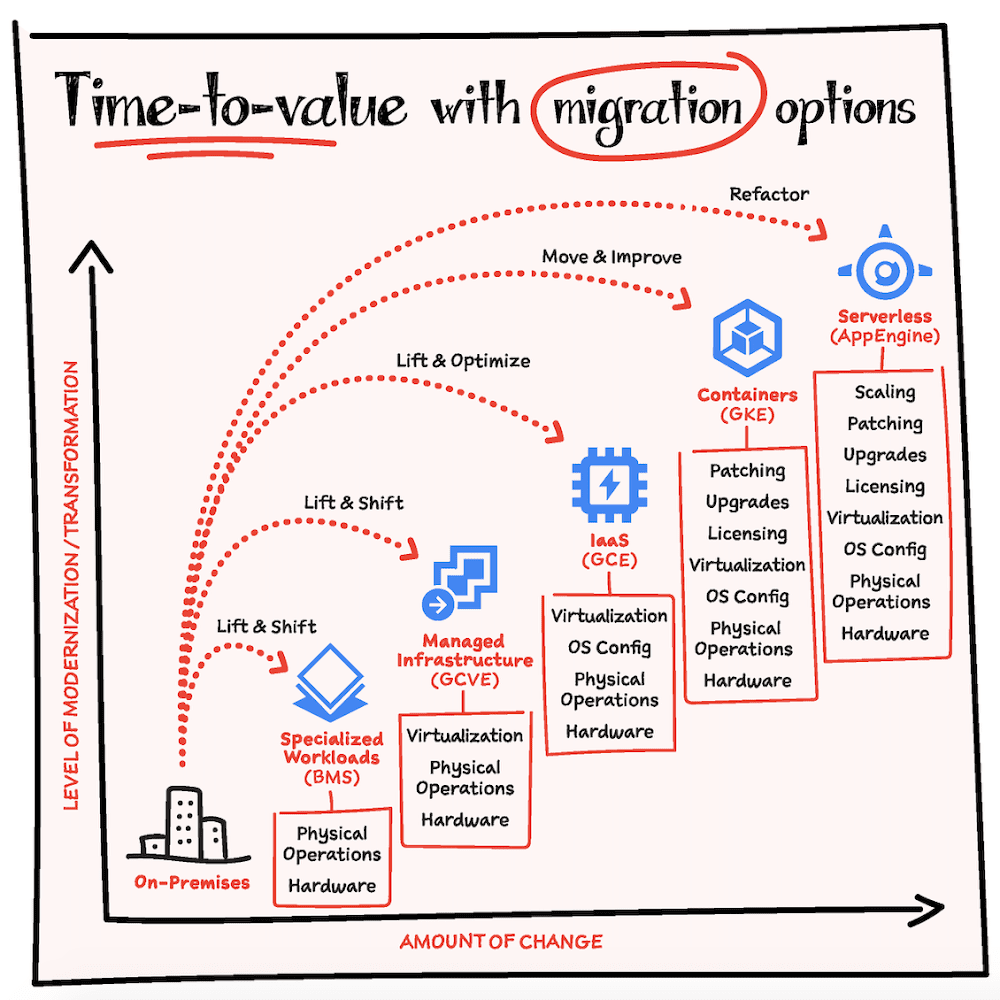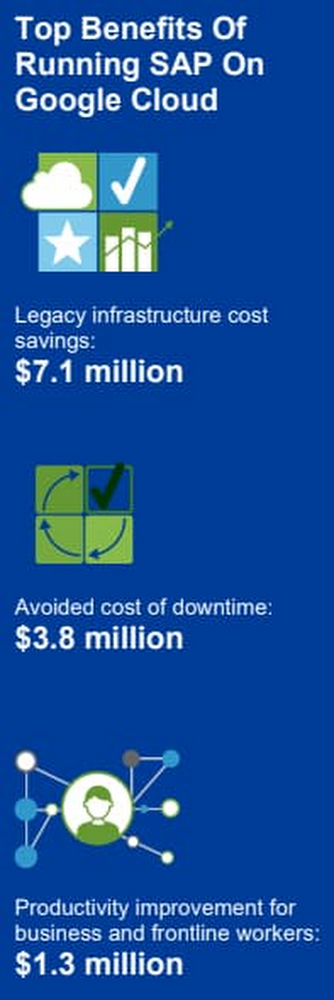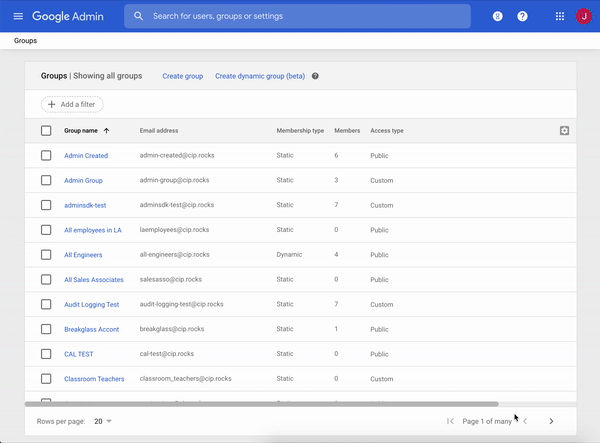Last week, during Microsoft Ignite we announced the general availability of the new Azure VMware Solution. Designed, built, and supported by Microsoft, Cloud Verified by VMware, running VMware Cloud Foundation technologies, Azure VMware Solution enables customers to extend or migrate VMware workloads to the cloud seamlessly. Organizations can maintain existing VMware skills and operational processes, running VMware Cloud Foundation technologies, and leverage the benefits of Azure—all at the same time.
Since announcing the preview, we’ve seen tremendous interest from businesses for Azure VMware Solution. Driven in part by organizations adapting to and recovering from the global health crisis, organizations are increasingly adopting the cloud to ensure continuity, resiliency, and cost efficiency for their business.
As always, Microsoft is focused on delivering solutions that meet our customers where they are today. In a time where speed, simplicity and skill retention are critical, Azure VMware Solution provides organizations with a fast path to the cloud, so your business can continue to use the VMware platform you know, and modernize on-premises workloads at your pace.
Engineered to meet you where you are
The goal of Azure VMware Solution has always been to deliver the best, most secure, most functional cloud of choice for our customers. As a first-party Microsoft Azure service, built in partnership with VMware, we bring the best of both platforms together to deliver a high quality, integrated solution.
Azure VMware Solution has been engineered as a core Azure compute service to deliver you the speed, scale, and high availability of our global infrastructure. With a focus on simplicity the solution features a unified Azure portal experience, and seamless access to other Azure resources. Our Microsoft and VMware engineering teams also worked closely together to deliver new functionality to run familiar VMware Cloud Foundation technology, including vSphere, HCX, NSX-T, and vSAN. We also heard from our enterprise customers the importance of large scale bulk migration, so to further ease migration efforts, you will now be able to take advantage of HCX Enterprise edition (currently in preview) which includes Replication Assisted vMotion (RAV).
Finally, from our experience with enterprise migrations, we know the importance of planning and estimating your migration to cloud. We are pleased to share that Azure Migrate supports Azure VMware Solution, helping businesses discover all of your VMs running on-premises and create assessments based on sizing and cost analysis, so you can create your Azure VMware Solution private cloud to your needs.
Unmatched cost efficiency with Azure Hybrid Benefit
As a core Azure service, Azure VMware Solution also supports Azure Hybrid Benefits, allowing you to bring your existing Microsoft workloads, running on-premises to the cloud, in the most cost-effective way. You can now maximize the value of existing on-premises Windows Server and SQL Server license investments when migrating or extending to Azure. In addition, Azure VMware Solution customers are also eligible for three years of free Extended Security Updates on 2008 versions of Windows Server and SQL Server. These pricing benefits are only available on Azure and create simplicity and cost efficiency for your journey to cloud.
Seamless access to Azure services
Throughout development, delivering on a seamless connection to Azure services has been paramount. Azure VMware Solution is tightly integrated with the Azure global network backbone to ensure you can centralize all your cloud resources in Azure. Now, whether you are looking to migrate completely or extend your on-premises VMware-based applications, you gain access to Azure services that can enhance security, management, and unlock modernization across your entire environment. We know from our customer conversations that organizations need time to develop cloud competencies within the organization. Azure VMware Solution gets you to the cloud quickly, maintaining consistency in the VMware tools and operations that you have, and growing cloud skills over time.
To help ensure business continuity and improve security and management, Azure VMware Solution customers can incrementally attach Azure services to enhance the existing environment and processes, including:
Azure Backup combined with the Recovery Services vault for VM backup and recovery. Provides geo-redundant, longer-term, off-site storage for compliance purposes, and, at the same time, address short-term retention needs for restoring data. This is a cost-effective, scalable approach to backup.
Connect Azure Security Center and Azure Sentinel with Azure VMware Solution virtual machines (VMs) to quickly strengthen your security posture and protect against threats. As security threats continue to increase, this provides a streamlined way to apply advanced best practices to your environment.
Create efficiencies with enhanced management functionalities to support cloud and hybrid environments. Integration of Azure Monitor for vCenter logs provides visibility for VMs usage; Azure Update Manager for Lifecycle Management of Windows VMs; Azure Traffic Manager to balance application workloads running on Azure VMware Solution across multiple endpoints; Azure App gateway to manage traffic to webapps running on Azure VMware Solution; API Management to publish and protect APIs on Azure VMware Solution VMs for the developer community.
Optimization storage for VMs running on Azure VMware Solution with integration with Azure NetApp Files and Azure File Share. As you also modernize application storage strategies, you can now also integrate with Azure SQL services.
Expanding partner ecosystem
As you look to move workloads from your current datacenter, and extend existing VMware workloads from on-premises to the cloud, we recognize that confidence in supportability for partner technologies that you may use today is also important. Microsoft is working closely with key partners that are integral to your IT environment, including leading solutions for backup and disaster recovery, as well as other enterprise services that run on-premises today.
“Zerto and Azure have long been an ideal combination for businesses accelerating cloud adoption and looking to simplify data protection and disaster recovery (DR). Now, with Microsoft’s new generally available release of Azure VMware Solution, customers can use Zerto to replicate and protect VMs into the cloud and within the cloud, with the same seamless experience they have on premise. Users can replicate and recover into Azure VMware Solution in under two hours, providing the ability to implement a real-time, enterprise DR solution in less time than it takes to watch a movie. It’s fast, it’s easy to manage, and it’s a great platform for disaster recovery and data protection for hybrid cloud deployments.”
Gil Levonai, CMO and SVP of Product, Zerto
“Partnering with Microsoft Azure enables us to provide a robust and cost-effective solution for disaster recovery and business continuity. It's an ideal combination: the JetStream DR software brings continuous data protection to enterprise VMware environments, Azure Blob Storage provides a cost effective means of maintaining recovery assets, and the Azure VMware Solution provides a highly available, reliable VMware platform that can scale to meet customers' recovery and failover requirements.”
Tom Critser, Co-Founder and CEO, Jetstream
“Using Microsoft Azure has been a critical component of the success of Commvault’s solutions and we are happy to add support for Azure VMware Solution as part of a customer’s heterogeneous, enterprise-wide data environment. In leveraging Microsoft’s Azure infrastructure, our joint customers gain the benefits of ease, scalability, security, and cost reduction seamlessly combined with leading features of our products, making it a winning combination for customers.”
Randy De Meno, VP/CTO, Microsoft Products & Solutions, Commvault
“Veritas Technologies and the Microsoft Azure teams are mutually invested in our ongoing partnership to solve the most important customer needs in Azure VMware Solution. We worked very closely together in early testing and certification to deliver a level of protection and recovery that surpasses VMware admin’s expectations in Azure VMware Solution. Veritas data protection solutions ensure that no matter where VM data resides, it meets the enterprise data protection requirements of storage reduction, and automated intelligent policies. Veritas’s continued support for the next version of Azure VMware Solution further illustrates our strong partnership and aligned commitment to helping our joint customers in their ongoing adoption of hybrid cloud, including their VMware estate. VMware admins no longer have to choose between local or hosted when it comes to their workloads and can rest easy knowing their data is protected and recoverable from anywhere, to anywhere with Veritas NetBackup.”
Doug Mathews, VP Product Management, Enterprise Data Protection and Compliance, Veritas
“Veeam currently supports the backup of Azure-native virtual machines via Veeam Backup for Microsoft Azure. Now, Veeam support for Azure VMware Solutions makes it possible to easily backup and replicate vSphere workloads to and from Azure. Through Veeam Availability Suite, simple workload protection and portability is possible across on-premises VMware, Azure VMware Solution, and Azure-native VM workloads. As the leader in Cloud Data Management, Veeam strives to partner with our 375,000 customers and help them achieve their business objectives. Our day one support for Azure VMware Solution is not only a testament to our customer commitment, but also in our investment and strong, long-term relationships with VMware and Microsoft.“
Danny Allan, Chief Technology Officer and SVP of Product Strategy, Veeam
Learn more about Azure VMware Solution
Watch our Ignite sessions: To learn more about the solution and the general availability announcement, watch the Azure VMware Solution Ignite overview session or visit the Azure VMware Solution web page. You can also check out the following technical sessions from Ignite: AVS Technical Overview, AVS Business Continuity and Disaster Recovery, AVS Networking.
See Azure VMware Solution in Action: If you're interested in seeing the solution in action, watch the latest Microsoft Mechanics Azure VMware Solution demo here.
Join us at VMworld 2020: Microsoft is excited to be a diamond sponsor at VMworld 2020 and we look forward to connecting with you in the new digital format. We have a great line-up of speakers and sessions across a number of solution areas where we partner together, including: Azure VMware Solution, Horizon Cloud and Windows Virtual Desktop, VMware Tanzu on Azure, Azure Spring Cloud.
Quelle: Azure







